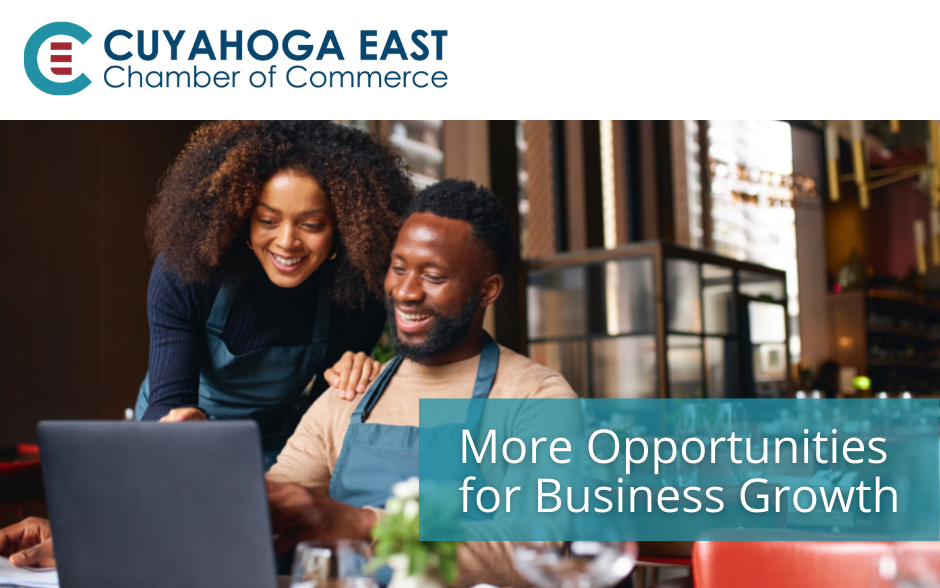“Leveraging Partnerships for Small Business Growth” – I’m Experimenting with AI series

Welcome back to my series, “I’m Experimenting with AI – Give Me 25 Overlooked Ways to Grow Your Small Business.” If you missed my original post, where I talked about my experiment, Chat GPT, and prompts, you’ll find it here. You can sign up for a Chat GPT account here.
This week, I asked Chat GPT to write a blog post expanding on item #3, Local Partnerships, from Chat GTP’s original list of 25 Overlooked Ways to Grow Your Small Business. To add even more value to our blog post, I thought concluding with a list of examples of partnerships would be helpful for me. I wrote this prompt, “Let’s try it with # 3 using approximately 600 words and conclude with examples of partnerships” Below, unedited, is what Chat GPT gave me.
While I’ll look for our readers to provide accurate feedback, I checked for plagiarism using Grammarly.
Leveraging Partnerships for Small Business Growth
In the business world, it’s often said that “it’s not what you know, but who you know.” Nowhere is this truer than in the realm of small businesses. With limited resources and tight budgets, small businesses often find it challenging to compete with larger enterprises in terms of market reach and recognition. This is where partnerships come into play. By forming strategic alliances, small businesses can amplify their impact, accessing new audiences and resources that would otherwise be out of reach.
The Power of Partnership
A strategic partnership is more than just a formal agreement between two entities. It’s a collaboration where both parties bring unique strengths to the table, creating a synergy that benefits both. This collaboration can take several forms: from co-hosting events to sharing marketing campaigns or even co-developing a product. The underlying principle is that the combined efforts produce results neither could achieve alone.
For small businesses, this means leveraging the strengths, resources, or customer bases of another company. It could be a local store collaborating with a nearby restaurant to offer special deals or a tech startup partnering with a larger tech company to improve product functionality.
Key Benefits
- Increased Exposure: Partnerships often allow businesses to reach new audiences. A partnership can introduce your brand to customers who haven’t heard of you, increasing your exposure exponentially.
- Resource Sharing: Especially for startups or businesses with tight budgets, resource pooling can be immensely beneficial. This might include sharing marketing costs, technology, or even personnel for specific projects.
- Enhanced Credibility: Association with a well-regarded brand or business can elevate your brand’s credibility. Customers who trust one of the partners may extend that trust to the other.
- Learning Opportunities: Collaborating exposes you to new strategies and business models, offering invaluable learning experiences that can be incorporated into your own business.
- Risk Sharing: Joint ventures or collaborations inherently distribute the associated risks between the partners. If a campaign or project fails, both businesses share the losses, making it less impactful than if you went at it alone.
Making It Work
However, it’s crucial to remember that not all partnerships are created equal. Successful collaboration requires:
- Aligned Goals: Both parties need to have a shared understanding of what they wish to achieve.
- Clear Communication: Open, transparent communication is vital to avoid misunderstandings and ensure the partnership remains mutually beneficial.
- Defined Roles: Clearly outlining who is responsible for what ensures smooth operations and accountability.
Examples of Successful Partnerships
- Starbucks and Spotify: These giants partnered to create a unique music ecosystem. Starbucks employees get a premium Spotify account, and they create playlists for their stores. This partnership increases exposure for Spotify, while Starbucks offers a unique in-store experience for its customers.
- GoPro and Red Bull: A match made in adrenaline junkie heaven. These brands have co-hosted extreme sports events, where athletes use GoPro cameras to capture their feats, which are then promoted by Red Bull. Both brands benefit from increased exposure, and their audiences, being closely aligned, get content they love.
- Local Bakery and Coffee Shop: On a smaller scale, a local bakery might partner with a neighboring coffee shop. The bakery supplies fresh pastries to the coffee shop, while the coffee shop recommends the bakery to its customers. Both see increased sales without necessarily expanding their product offerings.
- Tech Startups and Industry Events: Many tech startups partner with industry conferences and events for exposure. The event gets innovative solutions showcased, while startups get a platform to introduce their products to a broader audience.
Conclusion
Leveraging partnerships for small business growth isn’t just about increasing numbers – it’s about building lasting relationships that add value to all parties involved. Whether it’s a mutual sharing of audiences, resources, or expertise, partnerships, when approached with clear communication and aligned goals, can lead to transformative growth. Looking at successful partnerships, both on large and small scales, it’s evident that the right collaboration can indeed be a game-changer.
Thank you for taking the time to join me in my experiment. I look forward to continuing in this series. Using the form below, give me your feedback on my experiment using Chat GPT and suggestions on writing better prompts. You can also reach me at Kennedy@cuyeast.org.
Share This Story, Choose Your Platform!
Other CuyEast News
If you enjoyed reading this, then please explore our other articles below:
Welcome to the New Cuyaghoga East Chamber of Commerce
We’re launching in 2022 as a next-generation, future-ready Chamber of Commerce. CuyEast members get more with a growing list of [...]
Subscribe and Stay Up-to-Date on Everything CuyEast Chamber
Whether you’re already a member or still considering, subscribe to CuyEast Chamber newsletters and watch us grow as a [...]
We’re Looking for Exceptional Volunteers!
Growth is CuyEast Chamber’s word for 2022, and we're seeking volunteers who are willing to dedicate their time and talent [...]
Giving a business presentation works. Here’s why.
Businesses give presentations for a number of reasons, from promoting sales to training programs and workshops. A business can [...]



